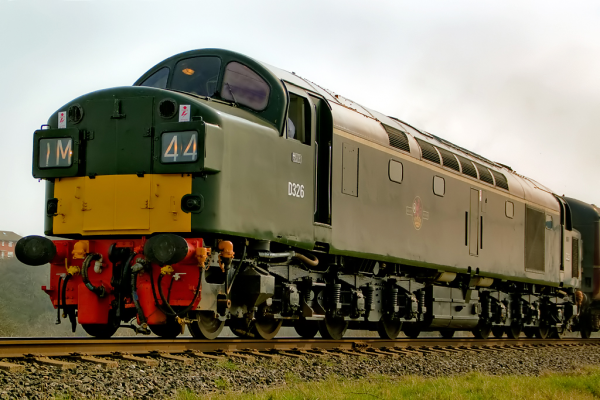Mikefule
Justified & Ancient
- Joined
- Dec 9, 2009
- Messages
- 1,335
- Location
- Lincolnshire UK
I had never even heard of the Tenerife Airport Disaster (1972) but You Tube suggested video to me. I didn't watch the video but, out of curiosity, looked it up in Wikipedia.
Bizarrely, If you type just "Tene" in the search box, the suggested results are, in this order, Tene, Tennessee (despite it having a double n), Tenerife Airport Disaster, Tenet (film) and, fifth — two places behind the disaster — Tenerife itself. A real coup for the Tenerife Tourist Board!
Gist of it: foggy day, very busy airport, enormous misunderstanding, 2 planes crashed on the runway, 583 fatalities. Horrible.
The remarkable detail: Pan Am flight 1736 was a Boeing 747 registration N736PA. This very aeroplane was the first 747 to carry out a commercial flight (January 1970), the first 747 to be hijacked (August 1970), and was finally one of two Jumbos involved in the deadliest aircraft disaster in history (excluding of course 9/11).
Quite a career for one plane in just 3 short years.
Somehow reminds me of the career of the Mary Celeste, which was wrecked and abandoned, salvaged and restored, then featured in the famous disappearing crew mystery, and was later deliberately wrecked in an insurance fraud. Some craft are just plain unlucky.
Bizarrely, If you type just "Tene" in the search box, the suggested results are, in this order, Tene, Tennessee (despite it having a double n), Tenerife Airport Disaster, Tenet (film) and, fifth — two places behind the disaster — Tenerife itself. A real coup for the Tenerife Tourist Board!
Gist of it: foggy day, very busy airport, enormous misunderstanding, 2 planes crashed on the runway, 583 fatalities. Horrible.
The remarkable detail: Pan Am flight 1736 was a Boeing 747 registration N736PA. This very aeroplane was the first 747 to carry out a commercial flight (January 1970), the first 747 to be hijacked (August 1970), and was finally one of two Jumbos involved in the deadliest aircraft disaster in history (excluding of course 9/11).
Quite a career for one plane in just 3 short years.
Somehow reminds me of the career of the Mary Celeste, which was wrecked and abandoned, salvaged and restored, then featured in the famous disappearing crew mystery, and was later deliberately wrecked in an insurance fraud. Some craft are just plain unlucky.



